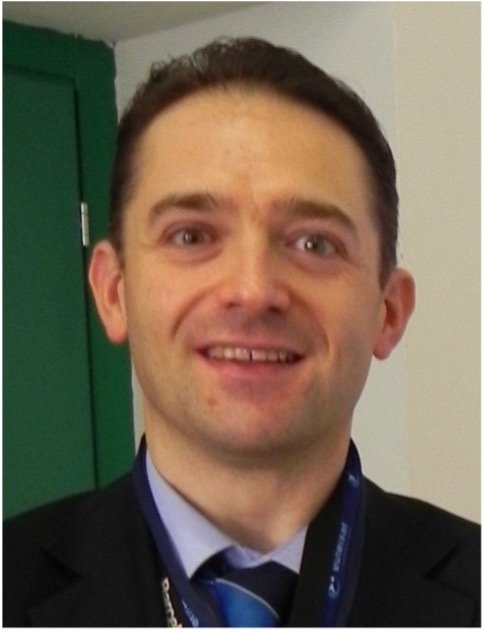Giovanni Giambene: IoT via 5G Satellite Systems
Abstract
One of the key drivers for next-generation mobile communications is the support of the Internet of Things (IoT), with billions of objects connected to the Internet and very low latency. The 5G technology will support the realization of smart cities, smart environments, and big data applications. Within the 5G framework, the terrestrial services can be augmented with the development of novel mega-LEO satellite constellations. This lesson investigates the integration of 5G satellite technology and IoT, considering different architectures and sensor technologies as NB-IoT, LoRa, and SigFox. These architectures will also envisage drones/UAVs to collect massive data from remote fields and the possibility to connect via 5G satellite access to the Internet. Applications are possible in fire alarm detection, smart agriculture, animal tracking, plant disease control, environmental monitoring, just to name a few.
Giovanni Giambene – Curriculum Vitae
https://www3.diism.unisi.it/~giambene/index.html
Giovanni Giambene (h index = 25 Google scholar, 18 SCOPUS, 14 ISI WoS) was born in Florence, Italy, in 1966. He received the Dr. Ing. degree in Electronics in 1993 and the Ph.D. degree in Telecommunications and Informatics in 1997, both from the University of Florence, Italy.

In 1999, he joined the Department of Information Engineering and Mathematical Sciences of the University of Siena, Italy. At present, he is an associate professor, teaching the first-level course on Fundamentals on Telecommunications and the advanced course on Networking at the University of Siena.
He has participated in the following international projects:
- COST 290 Action (2004-2008), entitled “Traffic and QoS Management in Wireless Multimedia Networks” (Wi-QoST), vice-chair.
- The SatNEx I & II network of excellence (EU FP6, 2004-2009), SatNEx III (ESA 2010-2013) and SatNex IV (2015-2019) as work package leader on radio access techniques, cross-layer air interface design, and network coding techniques for satellite systems;
- The EU FP7 Coordination Action “Road-mapping technology for enhancing security to protect medical & genetic data” (RADICAL) as work package leader on security and privacy applications for the management of medical data;